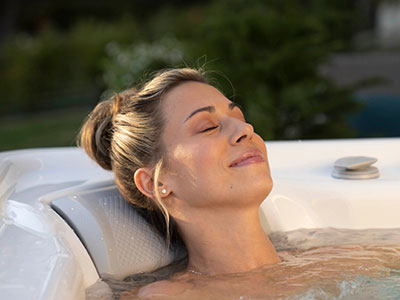Dry vs. Wet Sauna: Which Is Right for You?

For centuries, saunas provided a way to relax, unwind, and boost overall well-being. But with multiple types of saunas available, how do you decide which best fits you?
Dry and wet saunas are popular options, providing unique experiences and health perks. Find the right option between dry and wet saunas by understanding their functions and the features that make them a healthy addition to your space.
What Is a Dry Sauna?
A dry sauna, often called a traditional sauna, uses high temperatures and low humidity to create a warm, dry environment. It typically operates with a heater that warms stones, releasing dry heat into the room.
Comfortable temperatures for these saunas may reach up to 195°F, with humidity levels usually kept below 10% with no water added to the rocks. Various dry saunas use different heating elements, such as an infrared sauna that uses light or a wood-burning sauna.
Pros and Cons of Dry Saunas
Dry saunas have clear advantages, such as promoting muscle recovery and reducing stress. This environment is ideal for those who love intense, dry heat that encourages the body to sweat profusely.
Dry saunas promote relaxation, improve circulation, and even help flush out toxins through sweat. However, their intense heat sometimes overwhelms first-time users or those sensitive to high temperatures.
Additionally, the dryness of the air may be uncomfortable for individuals who prefer a gentler, more humid heat. Also, the high temperatures may not suit everyone, especially those with respiratory conditions or low heat tolerance.
What Is a Wet Sauna?
Wet saunas, known as steam rooms, offer a different experience. These saunas generate heat through steam, creating a humid environment with humidity levels close to 100%. The temperature is typically lower than that of dry saunas, ranging between 110°F and 120°F, but the high humidity often makes it feel much hotter than it is.
Pros and Cons of Wet Saunas
A wet sauna’s warm, moist air benefits your respiratory system. Many users find it soothing on their sinuses and airways, making it a popular choice for cold and allergy relief.
Wet saunas excel in delivering a gentler heat that’s easier to handle for those with heat sensitivities. Their high humidity makes them incredibly soothing for respiratory issues and skin health, opening up pores and rejuvenating skin.
However, the humidity may not appeal to everyone; some find the air too heavy or uncomfortable. The high moisture levels may feel stifling for users unaccustomed to humid environments, and the lower overall temperature means they might not provide the same intensity of sweat as a dry sauna.
Choosing between a dry sauna and a wet sauna rests on your unique wellness goals and preferences. Both offer incredible experiences that improve your physical and mental well-being. Remember, a sauna isn’t just a health tool; it’s a lifestyle upgrade, transforming your space into a personal oasis.
Discover the perfect sauna for your needs with Atlantic Spas and Billiards. We offer various sauna options, such as our infrared saunas in Wilmington, NC. Visit our showroom or explore our online collection to experience the luxury and comfort of high-quality saunas firsthand!
